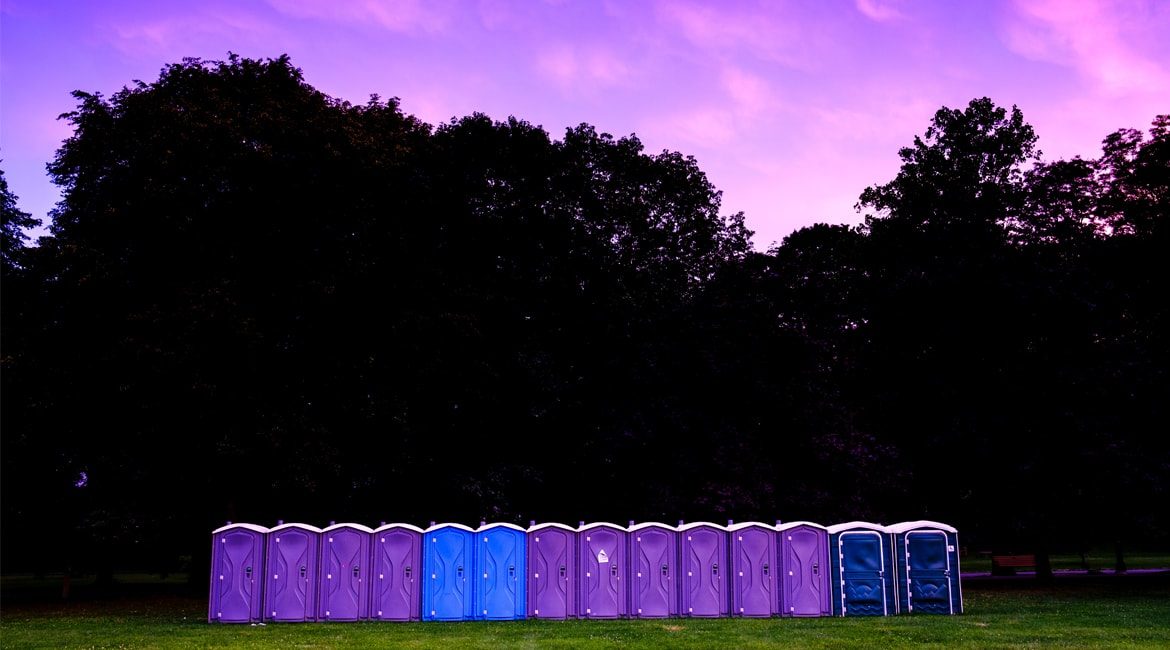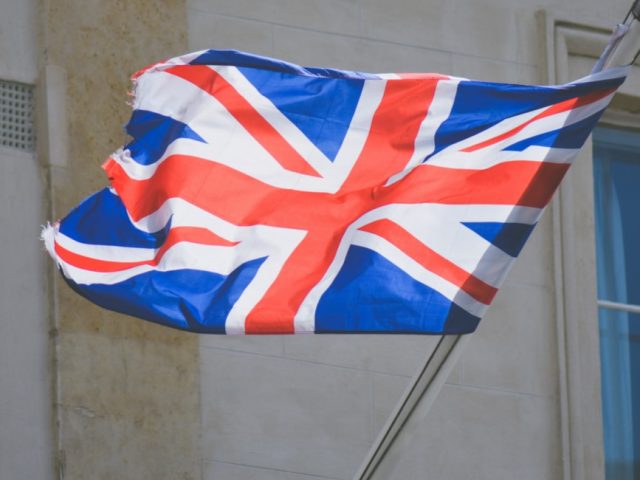Toilets are more important than temples.
-Jairam Ramesh, Indian economist
When I heard President Trump was recently offered the loan an 18K gold toilet by the Guggenheim Museum, I got to thinking. Hearing about it somehow revived one of my keen interests — the common, everyday toilet. We take them for granted, of course, but when you think about it — and even if you don’t — one of the most important things in life is finding a toilet when you need one.
This is especially true in foreign lands. One of the first things you learn in a foreign language is how to find a toilet. In Thai, it’s “Hong nam u-tinoi?”, in Samoan, “O fea le fale ta’eke?” However you say it, it’s an essential phrase, and you’ll be ahead of the curve if you learn it before leaving home.
When I was growing up we weren’t allowed to use the word toilet— to speak it in my family was considered “vulgar”. Apparently we weren’t alone in that sensibility, which may account for the myriad euphemisms for this fixture: the bathroom, the washroom, the WC, the loo, the gents or ladies, the latrine, the lav, the bog, the biffy, the rest room, the can, the dunny, the Jacks, the ablution room, the john, the facilities—and my dad’s favorite, “The Throne.”
The word toilet is actually an ancient loanword from the French toilette, meaning the cloth draped over one’s shoulders during a haircut. Eventually the meaning of the word was extended to other aspects of personal care: shaving, brushing the teeth and elimination of bodily waste and its clean-up. Hence we get the expression “toiletries”, which covers the gamut.

Highlights of Toilet History
- Smithsonian Magazine describes the “toilet” through most of history as a “motley collection of communal outhouses, chamber pots and holes in the ground.” Advances in toilet technology have been rather sporadic. Indeed, these have usually depended upon a certain individual coming up with a new idea.
- 3000 BC: The palace at Knossos in Crete had clay seats connected to terra cotta pipes through which running water carried waste away. Something similar was in use in the Neolithic settlement of Skara Brae in the Orkney Islands at about the same time.
- Middle Ages (A.D. ~ 400-1400): The most interesting toilet development in this tumultuous millenium was the Castle Garderobe. This was a toilet-room built to protrude from the wall of a castle, so that the waste dropped neatly into the moat below. Thus, the malodorous moat had both defensive and offensive capabilities.
- 1596: The first flush toilet was developed by Sir John Harington and installed in Richmond Palace for the use of his godmother, Queen Elizabeth I. Sir John’s toilet consisted of a water-filled overhead tank from which the water could be released by pulling a cord. Harington wrote a satire on his invention called The Metamorphosis of Ajax – a New Discourse on a Stale Subject. Described as “an impossible book to classify”, it’s full of naughty jokes and made fine bathroom reading at the time, and still does today.
- 1775: In this year Scottish watchmaker and inventor Alexander Cumming patented the first flush toilet. His elegant solution for preventing odors wafting up from the sewer was to develop a water-filled “S-trap”, which kept water permanently in the bowl, blocking any possibe backdraft. This idea is still in use today.
- 1880s: This brings us to the celebrated London plumber, Thomas Crapper. (One imagines his choice of career came naturally.) Prince Edward (later King Edward VII) hired him to construct lavatories in several palaces. Flush with this success, he went on to open the world’s first showroom displaying the latest in lavatory ware. January 27 is Thomas Crapper Day. You may want to mark your calendar.
- Today: The largest manufacturer of toilets wordwide is Japan’s Toto Ltd. Toto also leads the way in technology, incorporating features such as water jets, blow dryers, heated seats, deodorizers and medical monitors. Toilets on the International Space Station are in another category altogether; for one thing, they turn urine into drinking water.
The rate of evolution of toilet design is increasing. We’ve come a long way, of course, but much ingenuity and public support is still needed, especially in terms of optimizing water use and effluent treatment.
Toilet Randomia
- Nearly one billion people don’t use a toilet at all. In India alone, over 500 million people practice “open defecation”. This is a huge public health and aesthetic issue for the country.
- All new toilets in the U.S. mustn’t use more than 1.6 gallons of water per flush.
- Ever heard of a toilet plume? It’s a dispersion of droplets of foul water produced by flushing the toilet, which easily contaminates nearby surfaces. (Close the lid before flushing!)
- In 2011 The Bill & Melinda Gates Foundation launched the Reinvent the Toilet Challenge. The winner was a group from the California Institute of Technology, whose device uses solar energy to reduce human waste to fertilizer and hydrogen. It took them two days and they won $100,000.
In closing, let me tell you about the most unlikely of contests— something that simply couldn’t have been conceived anywhere but in the U.K. It’s The Loo of the Year Award, run by a surprisingly stuffy outfit called the British Toilet Association (BTA). This contest begs for the full exercise of British wit, but the BTA plays it with a completely straight face. (Perhaps therein is the joke—or maybe they’re tired of toilet-humour.) The 2017 winner was a company called A Plush Flush, of Hereford— a wildly creative company renting out “Luxury Mobile Toilets” for posh events.

So, my friend, you see there’s much more to the common toilet than meets the eye; its cultural significance is enormous. I don’t know about you, but I think we should stop taking the toilet entirely for granted and accord it the respect it deserves – because the common toilet, I assert without fear of contradiction, is truly the unsung hero of civilization.






Facebook Comments